Italian Coffee Culture: Top Cafes to Visit in Italy
Oct 22, 2024 | By Piz za
Italy’s coffee culture is an integral part of its national identity, boasting a rich history that dates back centuries. Italian cafes are not just places to enjoy a cup of coffee; they are cultural institutions that have stood the test of time, preserving the art of coffee-making and serving as social hubs where people gather to engage in conversation and savor the moment. In this report, we will explore some of the most iconic and historic cafes in Italy that are a must-visit for coffee enthusiasts and cultural explorers alike.
The Essence of Italian Coffee Culture
Italian coffee culture is characterized by its unwavering dedication to quality, tradition, and social interaction. Unlike the to-go coffee culture prevalent in many other countries, Italians typically enjoy their coffee while standing at the bar or seated at a table, taking the time to appreciate the flavors and engage with others (This Way To Italy). The significance of espresso in Italian coffee culture cannot be overstated; it is the cornerstone of their coffee tradition, and the care put into its preparation is a testament to the Italian commitment to culinary excellence.

Tip 1: If you’re looking to blend in with the locals, avoid ordering coffee after 11 a.m. – Italians typically reserve cappuccinos and milk-based drinks for the morning, opting for espresso in the afternoon or evening.
Tip 2: Take your time when enjoying a coffee in Italy. Rushing through the experience goes against the local custom of appreciating the flavors and the moment.
Caffè Gilli, Florence
Established over 270 years ago, Caffè Gilli is a testament to Florence’s enduring love affair with coffee. It began as a ‘bozzolari,’ a shop selling sweetened doughnuts, and has since continued its pastry tradition. Today, Caffè Gilli stands as a historical Belle Epoque cafe that has become synonymous with Florence’s rich cafe culture (ItaliaRail). Its longevity and dedication to maintaining traditional flavors make it an essential stop for anyone seeking to experience authentic Italian coffee and pastries.
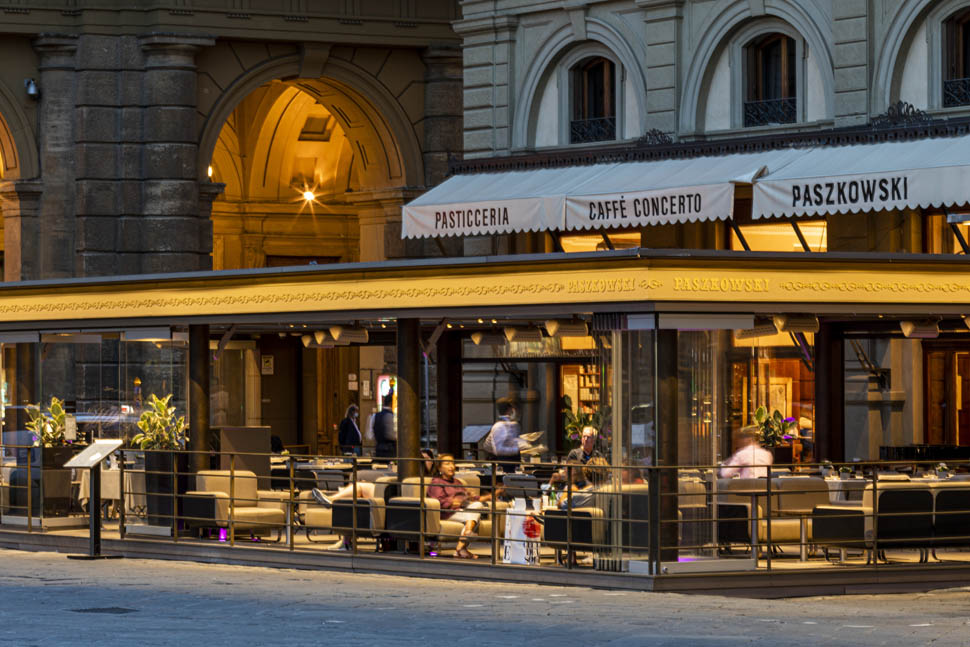
Tip: When visiting, try pairing your coffee with a local pastry, like the iconic Florentine schiacciata alla fiorentina, to enhance the experience.
Caffè Florian, Venice
Venice is home to Caffè Florian, the oldest cafe in Italy. Since its inception in 1720, Caffè Florian has been a beacon of Venetian art and culture. It offers more than just a coffee experience; it is a journey through time, capturing the essence of an era when coffee houses were the epicenters of intellectual and social exchange. The ambiance of Caffè Florian, with its historical art and decor, provides a unique backdrop that complements the exquisite coffee served within its walls (Italo Treno Blog).

Tip 1: For a complete Venetian experience, consider visiting Caffè Florian during the annual Venice Carnival when the cafe becomes even more magical with costumed patrons.
Tip 2: Try their famous hot chocolate, which is as much a part of the cultural experience as the coffee.
Torrefazione Cannaregio and Adagio Caffè & Wine Bar, Venice
In addition to Caffè Florian, Venice boasts other notable cafes such as Torrefazione Cannaregio and Adagio Caffè & Wine Bar. These establishments are part of the fabric of Venice’s best coffee shops, each offering a distinct atmosphere and high-quality coffee that cater to the discerning tastes of locals and tourists alike (Walks of Italy).
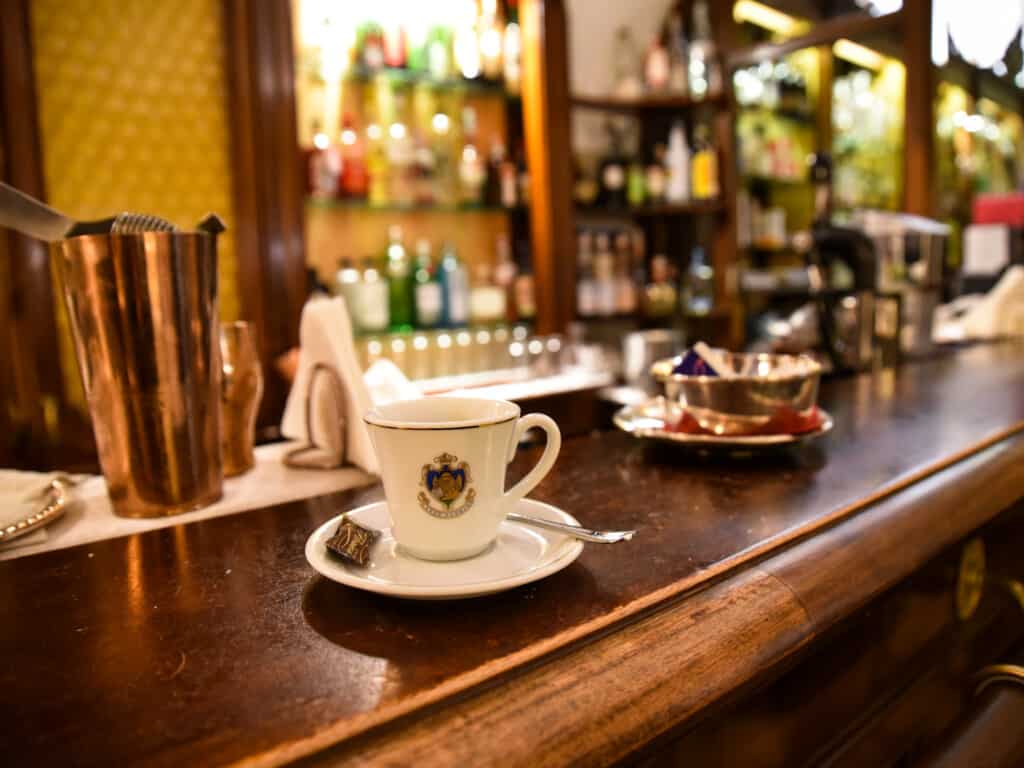
Tip: If you prefer a quieter and more relaxed coffee experience in Venice, visit these smaller cafes away from the tourist-heavy areas.
Antigua Tazzadoro La Casa del Caffè al Pantheon, Rome
Since 1944, Antigua Caffe Tazza D’oro has been a prominent name in Rome’s coffee scene. La Casa del Caffè al Pantheon, opened in 1946, continues the company’s legacy of roasting, blending, selling, and serving coffee in the historic center of Rome. The space primarily functions as a store, but it also features a small bar area where patrons can enjoy their coffee in a more intimate setting (Independent Travel Cats).
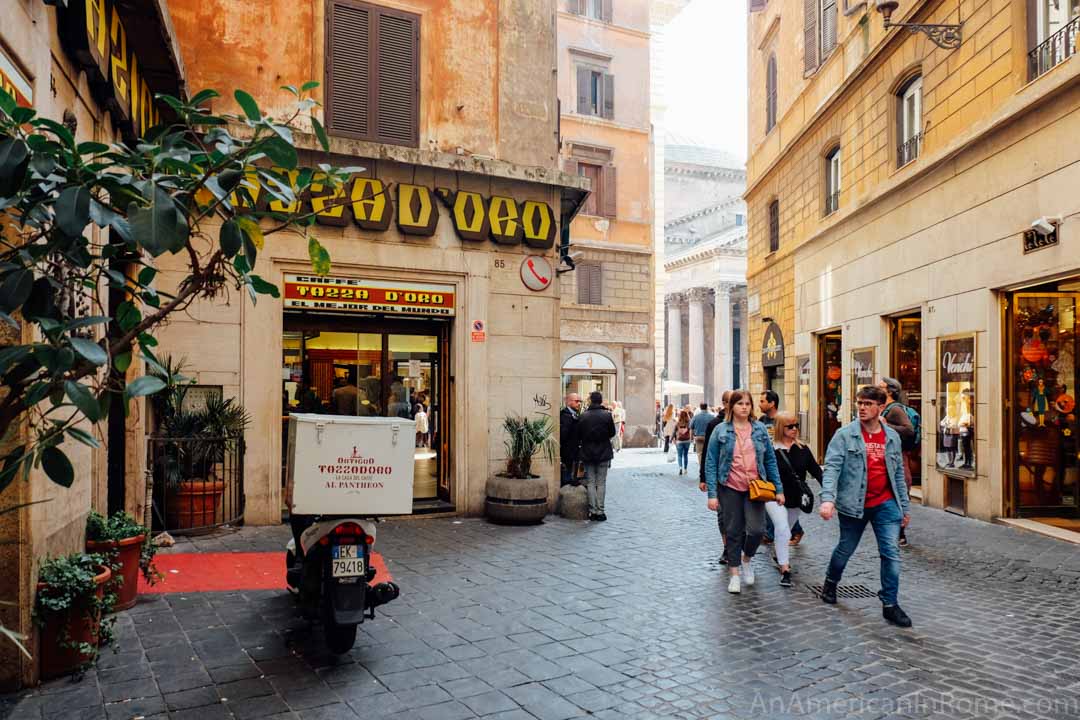
Tip: If you’re in a rush, make sure to order your coffee at the bar to avoid the extra charge that comes with table service in most Italian cafes.
The Rituals and Etiquette of Italian Coffee
Understanding the rituals and etiquette of Italian coffee culture is essential for anyone looking to immerse themselves in this aspect of Italy’s heritage. For example, when ordering coffee in Italy, it is customary to use the proper Italian name for the drink. This not only shows respect for the tradition but also ensures that you receive the exact coffee experience you are seeking (Rossi Writes).
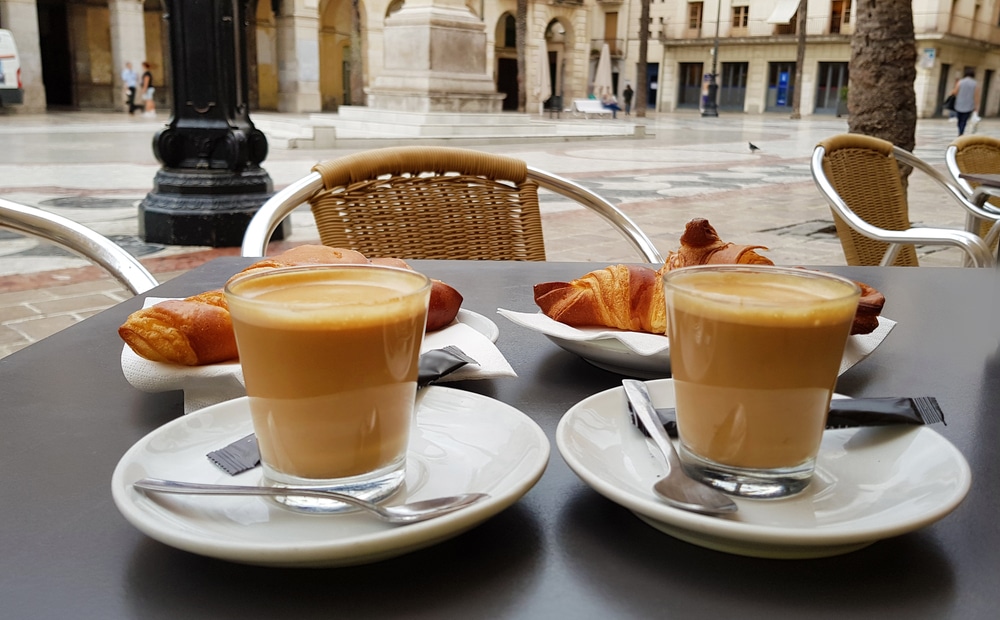
Tip: Practice your Italian before ordering. Learning a few key phrases like “un caffè, per favore” (one coffee, please) will go a long way.
Historic Coffee Houses as Cultural Temples
The historic coffee houses of Italy are more than just cafes; they are authentic institutions of hospitality that have played significant roles in the cultural and political scenes of the 18th and 19th centuries. Sipping coffee in these establishments allows one to contemplate the stylish interiors and reflect on the events and memories left by illustrious visitors, thereby traveling back in time and enjoying Italy’s historical heritage and traditions (Slow Italy).
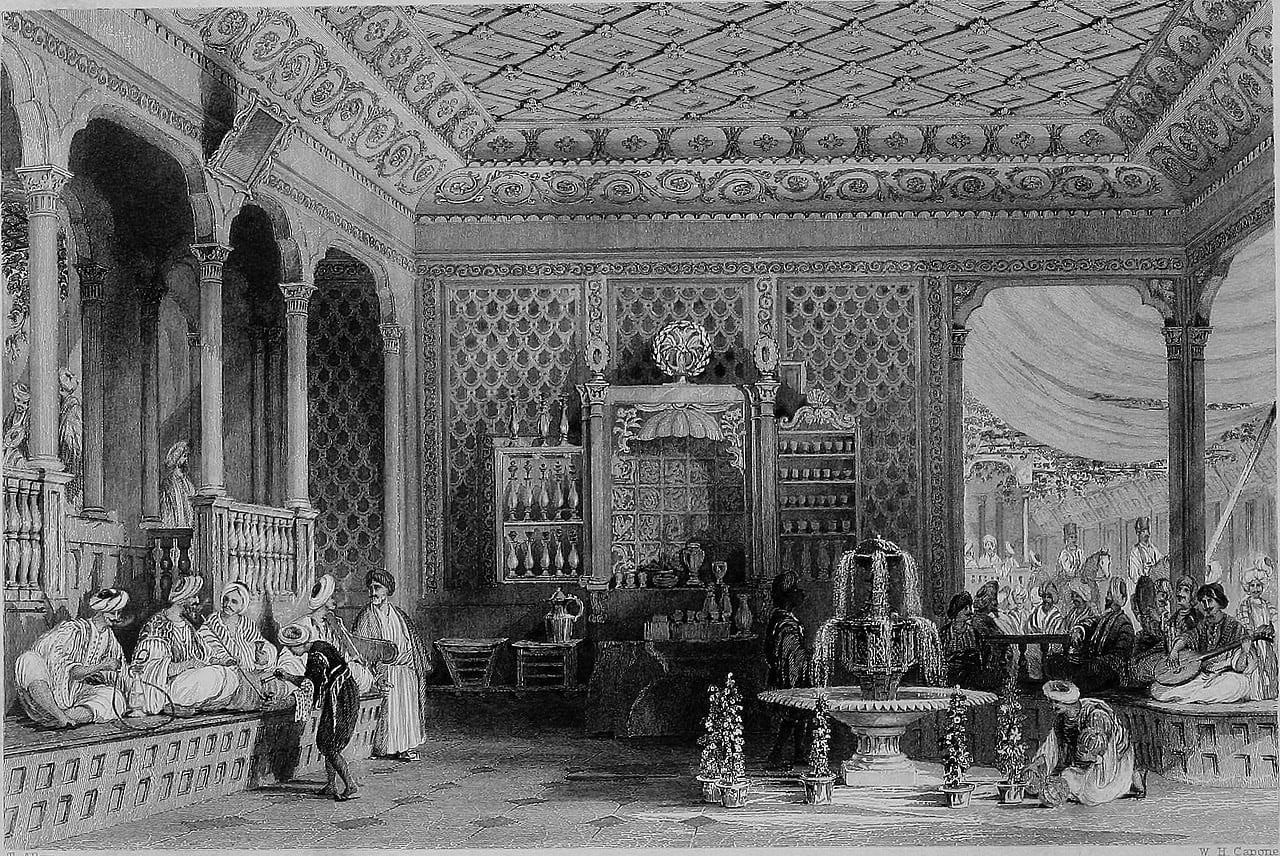
Tip: Take the time to appreciate the architectural details and decor of these coffee houses, as they are often as rich in history as the coffee itself.
Tazza D’Oro, Rome
When in Rome, a visit to Tazza D’Oro is a must for coffee aficionados. Famous for its granita di caffè, Tazza D’Oro is one of the most popular cafes in the city. For those with a sweet tooth, the cafe’s chocolate truffles and chocolate-dipped coffee beans are a delightful complement to their coffee selection (Chef Denise).
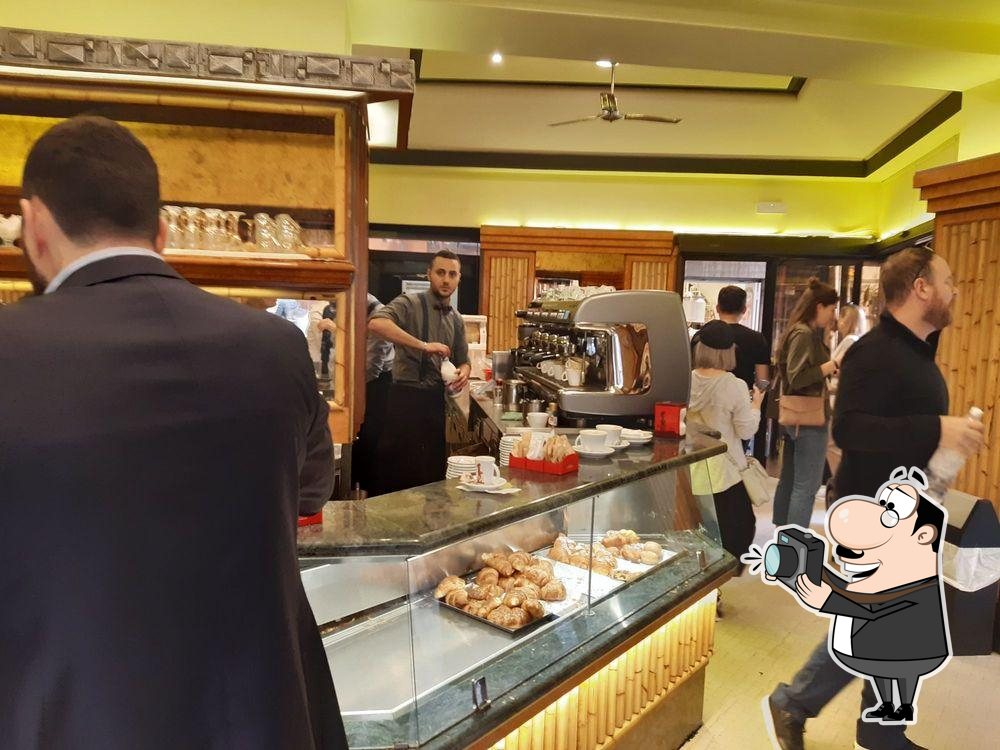
Tip 1: For an authentic Roman experience, enjoy your coffee standing at the bar as the locals do, rather than sitting at a table.
Tip 2: Pair your coffee with one of their famous treats, like chocolate-dipped espresso beans, for a true Roman indulgence.
Conclusion
In conclusion, Italy’s coffee culture is deeply entwined with its history and social fabric. The cafes mentioned in this report are more than just places to drink coffee; they are storied institutions that offer a window into Italy’s soul. Whether you are savoring a rich espresso at Caffè Gilli in Florence, immersing yourself in the artistic ambiance of Caffè Florian in Venice, or enjoying a granita di caffè at Tazza D’Oro in Rome, these top cafes provide an authentic Italian coffee experience that is not to be missed.
Related Blogs

India vs New Zealand: A Traveler’s Perspective on Two Unique Destinations
India vs New Zealand are two destinations that offer contrasting yet equally mesmerizing experiences. India vs New Zealand comparisons often highlight India’s centuries-old traditions, bustling bazaars, and architectural marvels versus New Zealand’s breathtaking natural landscapes and adrenaline-pumping adventures. Whether you’re a culture enthusiast, nature lover, or thrill-seeker, this guide will help you explore the best […]

Barbastro Barcelona: A Journey Through Spain’s Hidden Gems
Spain is a treasure trove of culture, history, and breathtaking landscapes. Two destinations that encapsulate the country’s charm are Barbastro Barcelona. While Barcelona is renowned for its vibrant city life and iconic architecture, Barbastro offers a quieter, more traditional Spanish experience nestled in the heart of the Somontano wine region. Together, they create the perfect […]

The Complete Guide to the Carry On Cast: Past, Present, and Future
The Carry On films stand as a cornerstone of British cinema, delivering decades of laughter and unforgettable characters. This iconic comedy franchise, spanning over 30 years, combined slapstick humor, clever wordplay, and a talented ensemble cast that became household names. This guide explores the history of the Carry On cast, their contributions to the franchise, […]

Exploring Austria’s Iconic Opera Houses
Austria, a nation steeped in a rich cultural heritage, stands as a beacon of classical music and artistic excellence. Among its most revered cultural institutions are its opera houses, which serve as both architectural marvels and stages for world-class performances. This report delves into the history, architecture, notable performances, and cultural significance of Austria’s iconic […]

Exploring the Distinctive Andean Music of Bolivia
The Andean music of Bolivia is a vibrant and integral part of the country’s cultural tapestry, deeply rooted in the traditions and spiritual practices of the Andean peoples. This genre of music is not only a form of artistic expression but also a medium through which the stories, legends, and historical narratives of the Aymara […]

Learning About the Carnival Culture in Rio de Janeiro, Brazil
The Rio de Janeiro Carnival, often heralded as the world’s largest and most famous carnival celebration, is a vibrant showcase of Brazilian culture, history, and community spirit. This annual event, which draws millions of participants and spectators from around the globe, is a testament to Brazil’s rich cultural heritage and its capacity for joyous celebration. […]

Mastering Mozzarella: A Taste of Italy
Mozzarella, a semi-soft cheese originating from Italy, is cherished for its creamy texture and mild flavor. Traditionally crafted from buffalo milk, it also finds a popular variant made from cow’s milk. This cheese is not just a culinary staple but a cultural icon, deeply embedded in Italian society and cuisine. Its high moisture content contributes […]

Discovering the Art of Calligraphy in South Korea
Korean calligraphy, known as “Seoye” (서예), stands as a testament to the rich cultural heritage and artistic expression of Korea. This ancient art form, which involves the artistic writing of both Hanja (Chinese logographs) and Hangul (the Korean native alphabet), transcends mere communication to become a profound medium of aesthetic and spiritual expression. As we […]

Scotland’s Tartan: A History of Highland Dress
Tartan, with its vibrant patterns and historical richness, is one of Scotland’s most iconic symbols. It is inextricably linked to the kilt and the national dress of Scotland, embodying both cultural heritage and identity. This detailed report delves into the origins, evolution, and cultural significance of tartan and Highland dress, exploring how this textile has […]

Tribal Arts of Papua New Guinea: A Unique Heritage
Papua New Guinea (PNG) is a nation marked by its remarkable cultural diversity, with over 800 distinct tribes, each possessing its own language and customs. This diversity is vividly expressed through the tribal arts, which are not only a testament to the rich heritage of the indigenous people but also serve as a living tapestry […]

